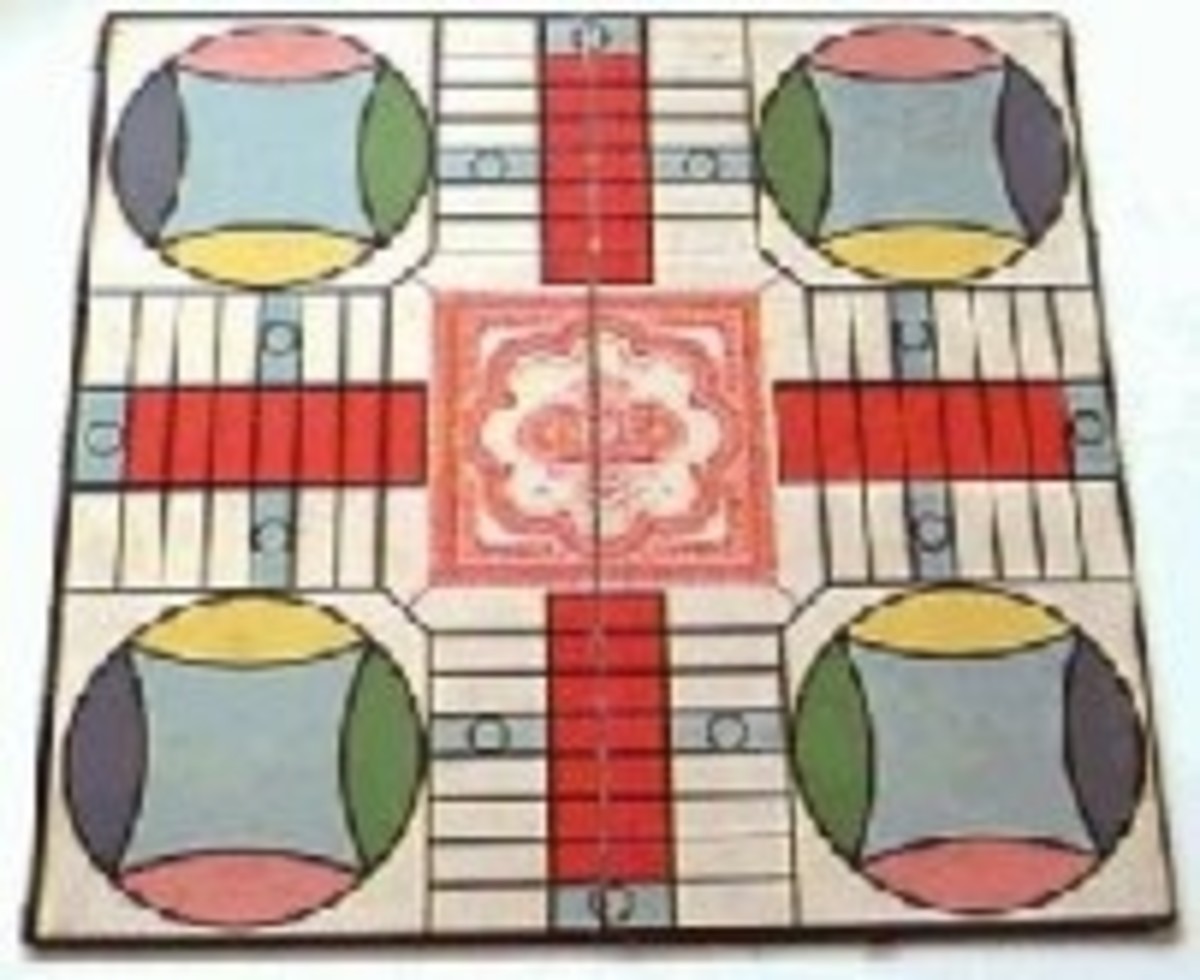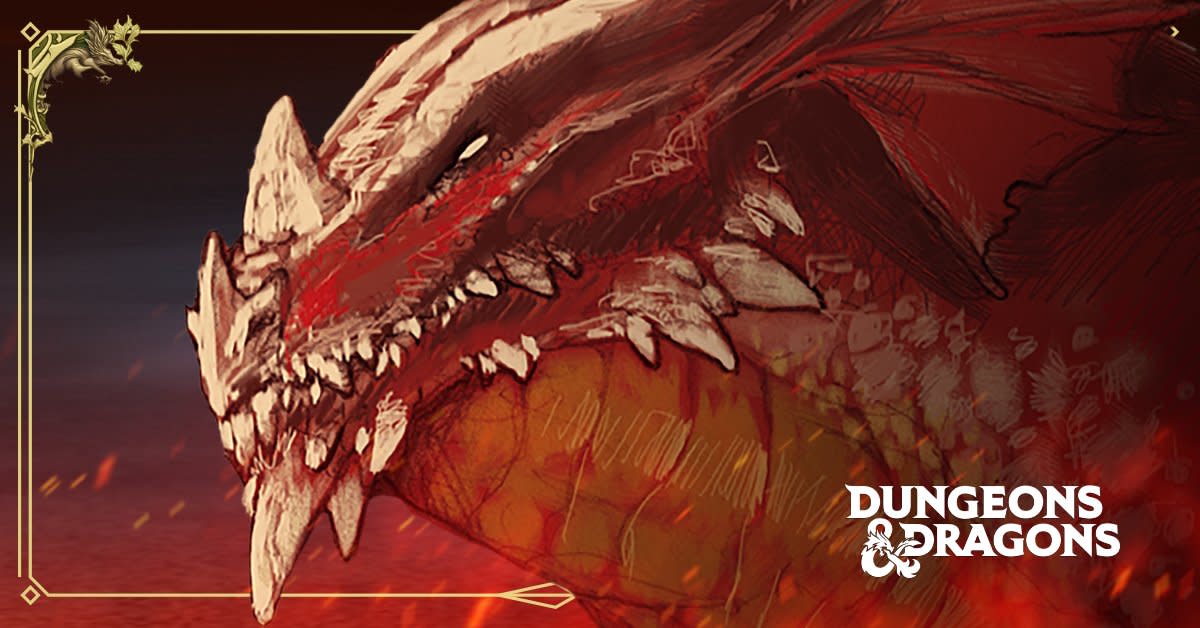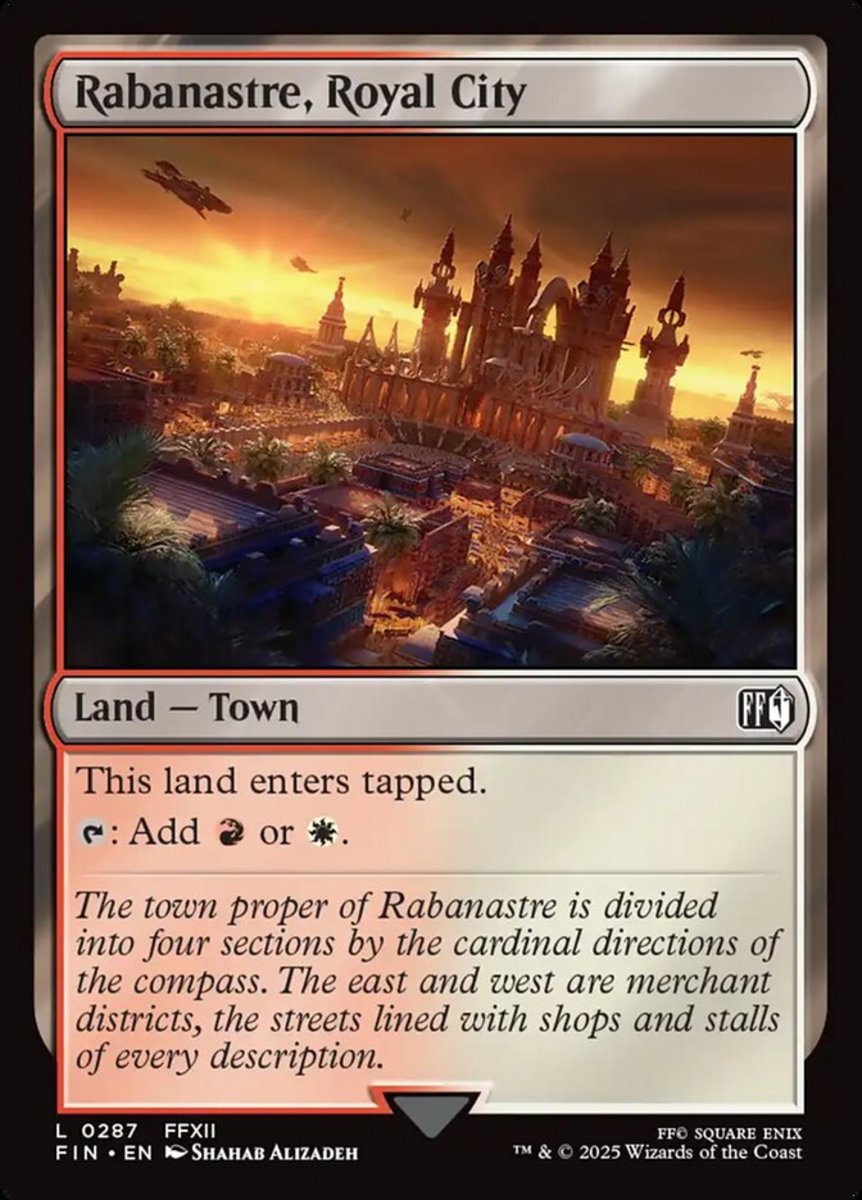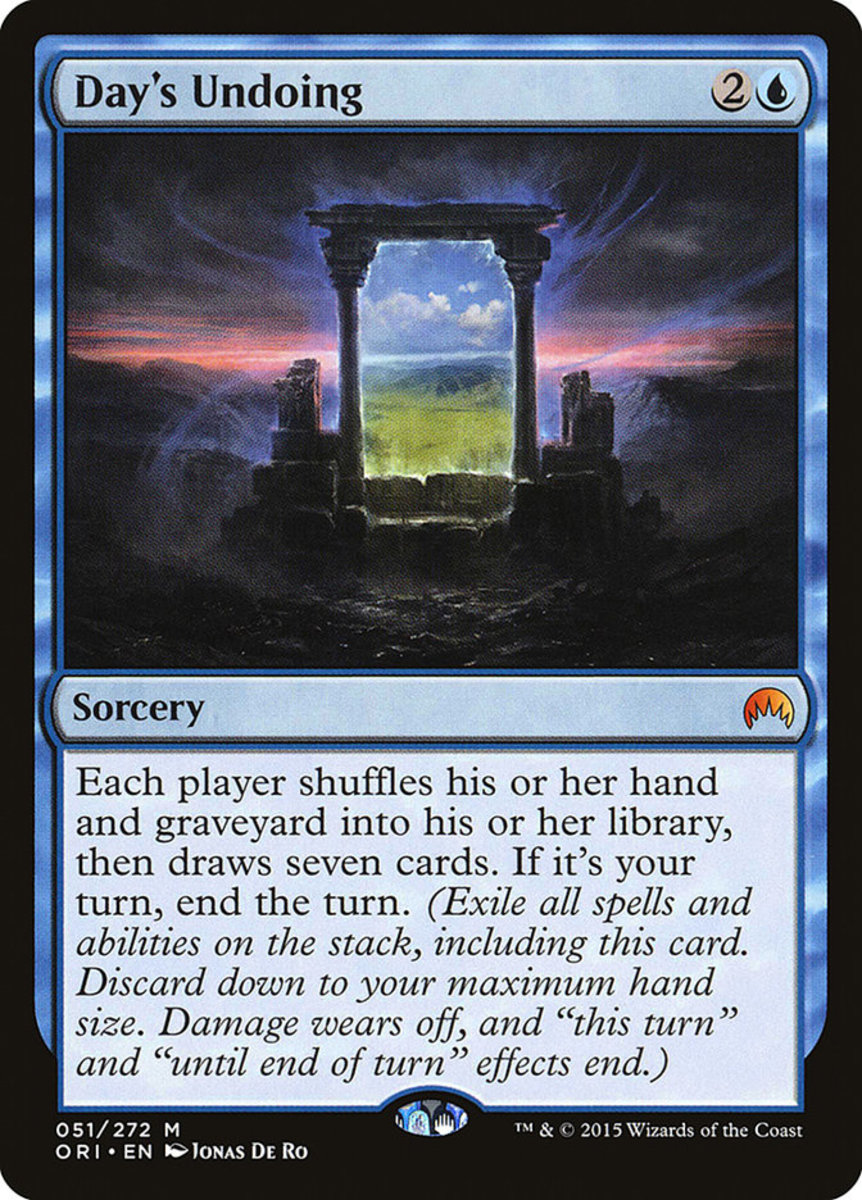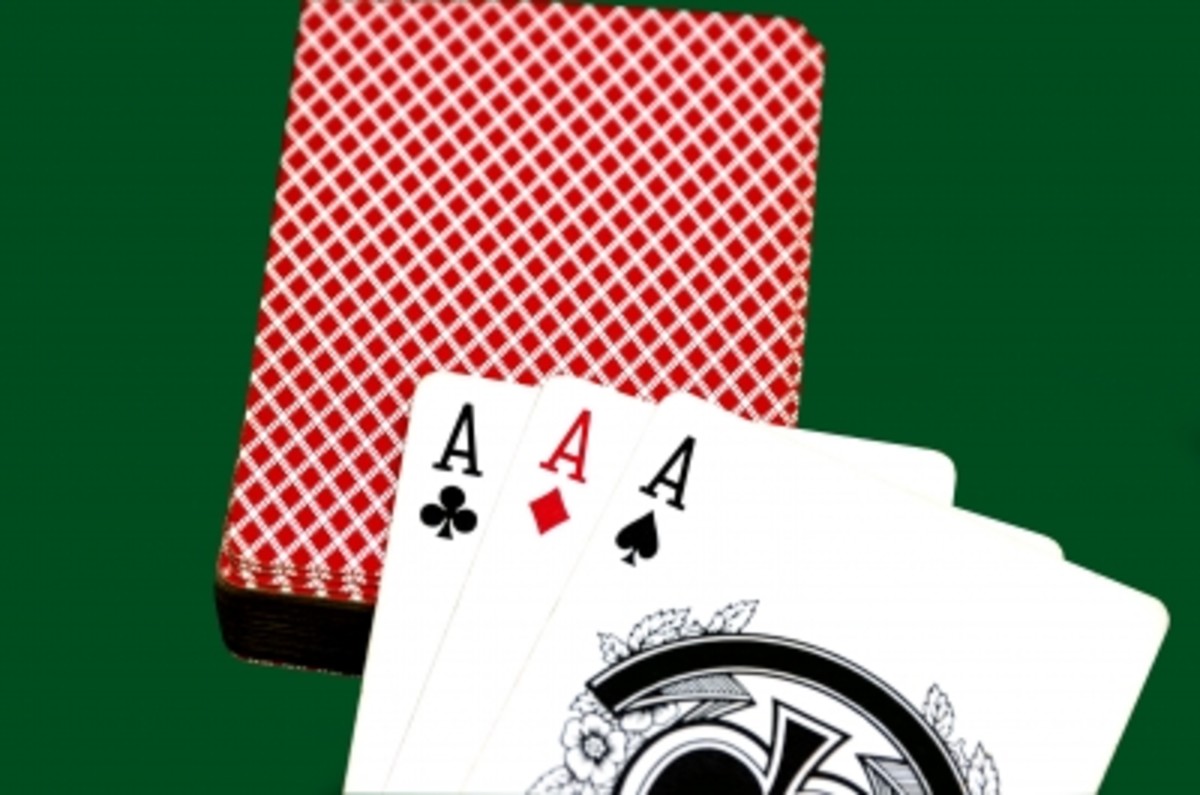Liar's Dice: The Greatest Dice Game Ever Created
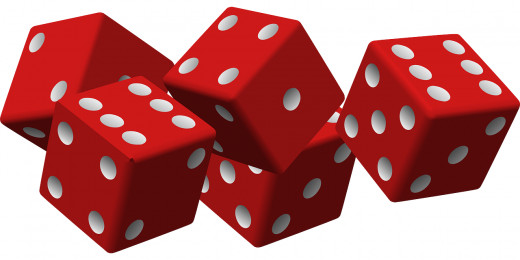
What You'll Need in Order to Play
A minimum of ten, six-sided dice (five per player)
A minimum of two solid, opaque cups (one per player, preferably hard plastic)
A flat surface (preferably clothed to avoid loud noises)
- Two players minimum
Goal of the Game
The goal of Liar's Dice is quite simple and goes right along with its name: Lie your way to victory, catch others in their bluffs, or even punish them for getting caught telling the truth! Try to be the last player with dice on the table.
General Rules
The rules of Liar's Dice are quite daunting when you first start to play, but after a few rounds you begin to realize just how simple and fun the game really is. Let's get into the rules:
- The most important rule is never let anyone see your dice until the reveal!
- Every player is to put their dice into their cup.
- Shake the heck out of those cups with your hand over the top!
- Slam those cups mouth down on the table with your dice beneath it!
- Refer to rule one as you check what values are face up under the cup!
This is where people tend to get stuck and intimidated by the rules, but rest easy, it just takes a little practice!
- When all players have slammed their cups, the winner of the last round or coin toss is the one who calls their amount and value first.
- It does not matter what values are under the cup, but the amount and value that you call cannot exceed the amount of dice on the table.
For example: Player one calls out "One Two!" signifying that the player is saying "There is at least one two between all the cups on the table!"
Every call is saying "This is the minimum amount of this number showing face up right now on the table." It is then the next player's turn.
- It is now the job of the next player to call Spot on!, Bluff!, or a new amount and value.
- The game will continue like this until only one player has dice left.
The next three sections will discuss the intricacies, and rules, as they concern calling spot on, bluff, and a new amount and value.
This Game Gets Really Verbal!
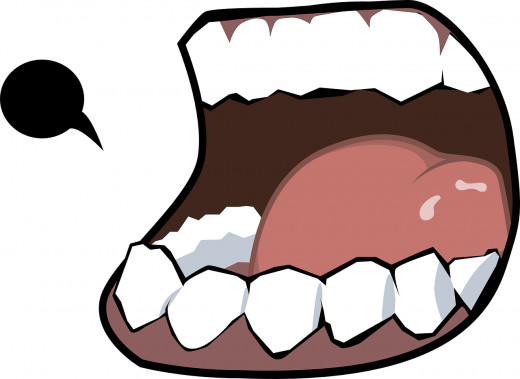
Spot On!
Making a spot on claim on another player is saying that the other player has called the amount and value of dice on the table exactly as they will appear on reveal.
In the last situation the first player called one two, and if upon reveal of all available dice on the table that amount and value is shown to, in fact, be one two on the entire table, then the player that called one two was caught telling the truth and they lose a die.
If the amount and value shown upon the reveal of all dice is shown to be more or less than one two, then the call was not spot on, and the person who claimed spot on must then relinquish a die.
Bluff!
Calling a bluff on another player is saying that the amount and value called by the last player is more than what will appear on the table upon reveal.
In the last situation player one said there was one two, that means they said there is at least one two on the table. If you call bluff, then the reveal shows that there was not at least one two on the table, the player that called one two loses a die.
If it is shown that there was, in fact, at least one two on the table then the person who called the bluff is now the liar and relinquishes a die. Any player can call bluff at any time, but only the first to call it loses a die if they are wrong, and normally it is left to the next player in turn to call it to avoid "bluff ties".
If two players called bluff at the exact same time and it causes conflict, then the consequences of the bluff call fall upon the one whose turn it is not.
Calling a New Amount and Value!
If the next player decides not to call bluff, or spot on, then they are to select a new amount and value before the turn passes to the next player.
The first player called one two, so it is upon the second player to call the new amount and value based upon their dice and what they believe to be under the cups of everyone else playing.
Important: You may not call the same amount and value as the previous player. You may keep the same amount if you increase the value (say one six) but you cannot decrease the value (say one one). This ensures the game keeps moving at a reasonable pace. Once the value of six has been reached, the amount that is called must also be increased. Master players use this to their advantage!
Upon the new call it is up to the next player, once again, to decide whether the last person's claim was spot on or a bluff, or to call out a new amount and value. Once a die is relinquished, all players reset, reshake, and reroll their remaining dice.
The last player with dice wins!

Let's Play
So, are you ready to hit the table and play a game? Do you think your lying abilities are up to it? Can you keep up with all the other con-artists around you?
Many nights at boring parties have been livened up when I break out my dice and cups. It doesn't matter whether you play for fun, drinks, or money, Liar's Dice brings out the best of the worst in all its players! This is one of the only times where lying incessantly is in your favor!
I hope to hear about your experiences with the greatest dice game I have ever played, Liar's Dice!

